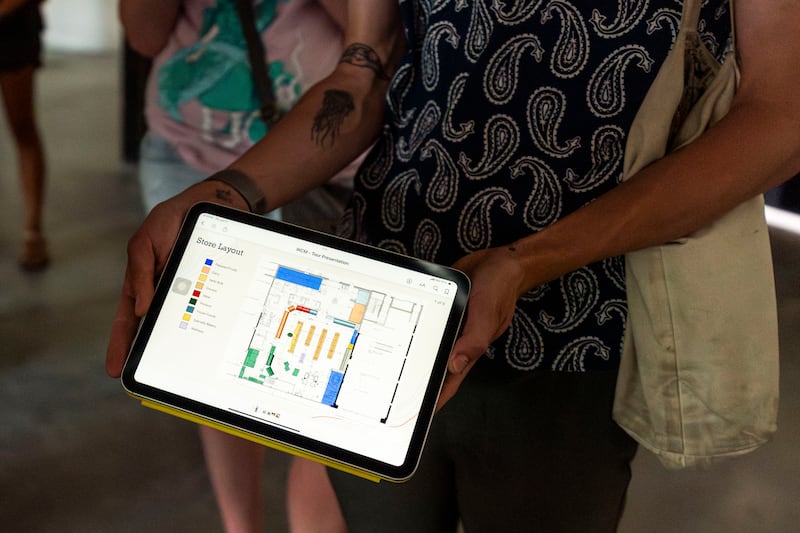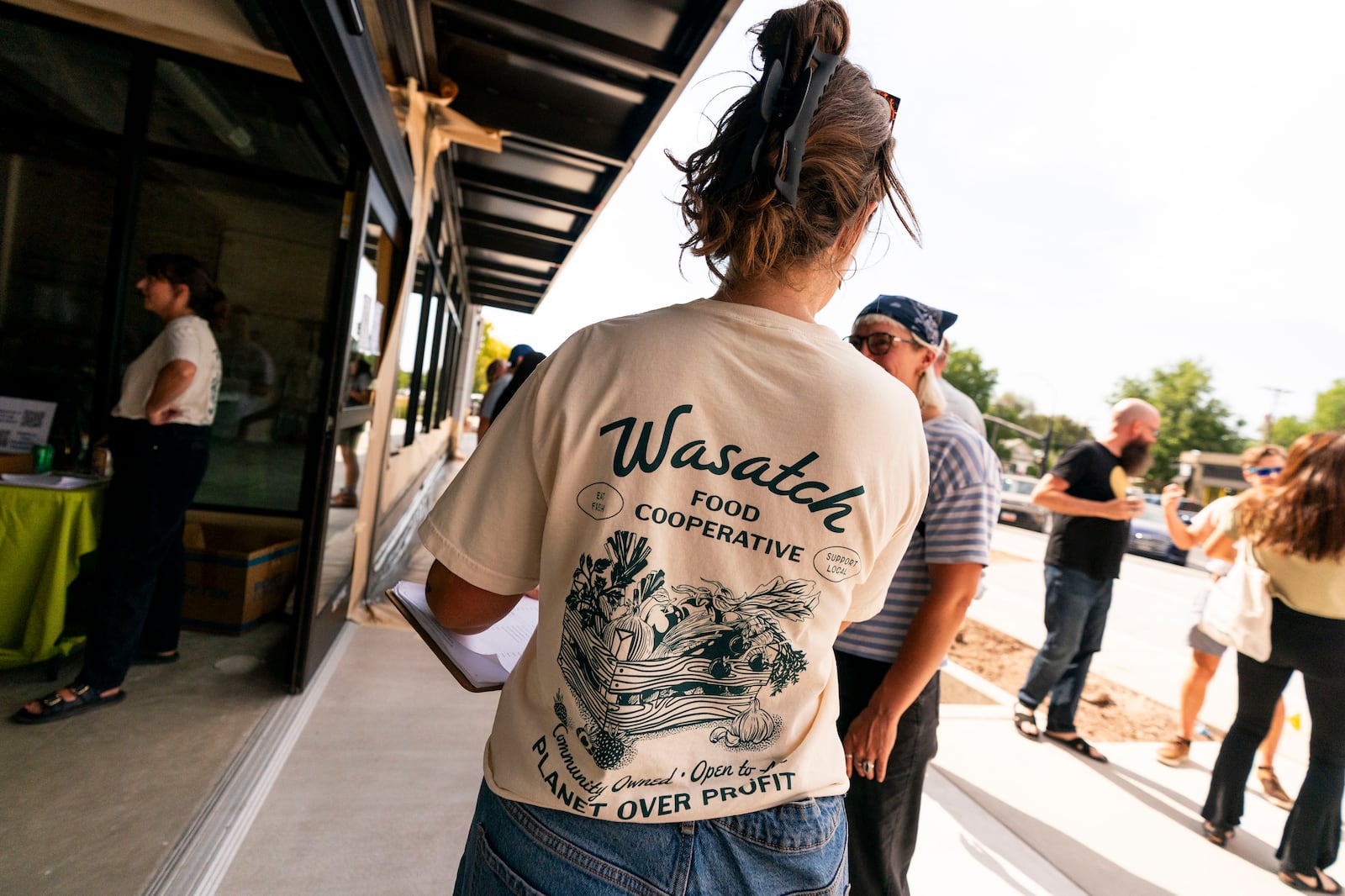This story appears in the August 2025 issue of Utah Business. Subscribe.
Member-owned and democratically run, cooperatives benefit their members by offering lower prices and redistributing any profits in the form of annual dividends. The Wasatch Food Co-op hopes to exemplify this model in Salt Lake City.
“In 2009, a small group of people decided to create a cooperative grocery store. It started out as a really small grassroots effort run by volunteers, but now we’re up to 1,400 member-owners and we’re finally going to open this year,” says Adelaide Corey-Disch, vice chair of the Wasatch Food Co-op.
A lifetime membership at the Wasatch Food Co-op costs $300, so the 1,400 issued so far have brought in about $420,000 — 12 percent of the needed $3.5 million to begin operations. The rest of the funds have come from donations, grants and the sale of preferred shares, which are a sort of equity investment comparable to the shares of a publicly traded company.
“We need to be profitable to stay open, but because we are not answering to private investors or a for-profit corporation, we won’t feel pressure to have higher margins as many grocery stores do,” Corey-Disch says. “Being affordable is a big component of our mission.”
In addition to charging lower prices, the freedom to realize narrower margins means cooperatives can pay suppliers more, which has important economic implications for local producers.
“Our policy is to stock a minimum of 20 percent local products, which may sound low until you learn that the average grocery store only offers three to six percent local,” Corey-Disch says. “So it’ll be important for smaller, local agricultural operations, urban agriculture, and even for the local folks making things like yogurt.”

The co-op’s physical location, on the corner of 900 South and 400 East, solves yet another local problem.
“We’re in zip code 84111, which is considered a low food access area, meaning few walkable full-service grocery stores within the community. Low food access is caused by the trend toward fewer but bigger grocery stores in America,” Corey-Disch says. “So we’re bucking that trend to show that relatively small grocery stores can thrive and play an important part in our food system.”
Corey-Disch adds that the board envisions the co-op playing a role beyond just a food source.
“We describe it as a ‘third space’ that will host nutrition programs and other community-minded events, like little block parties or free classes on things like how to make tea,” she says.

